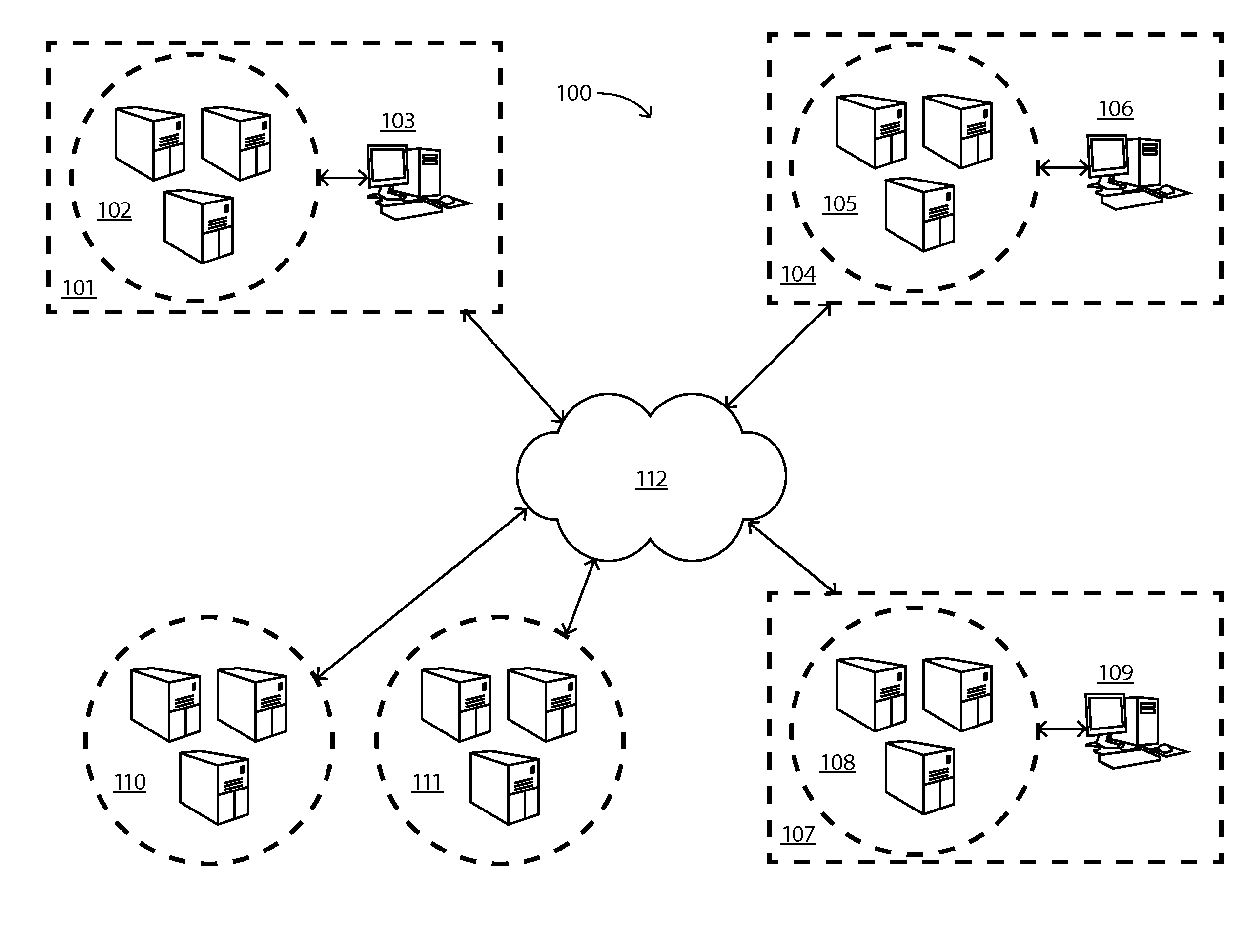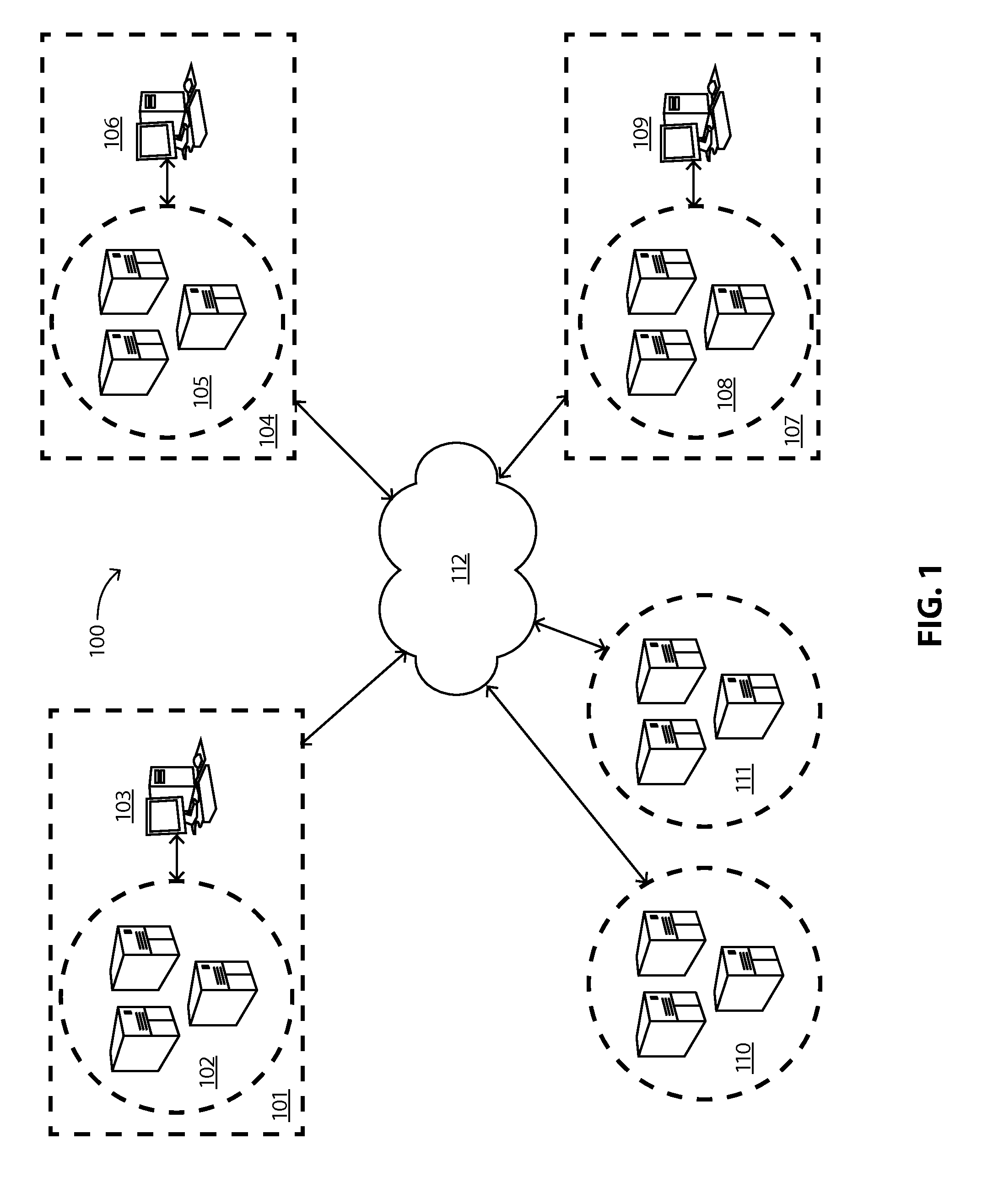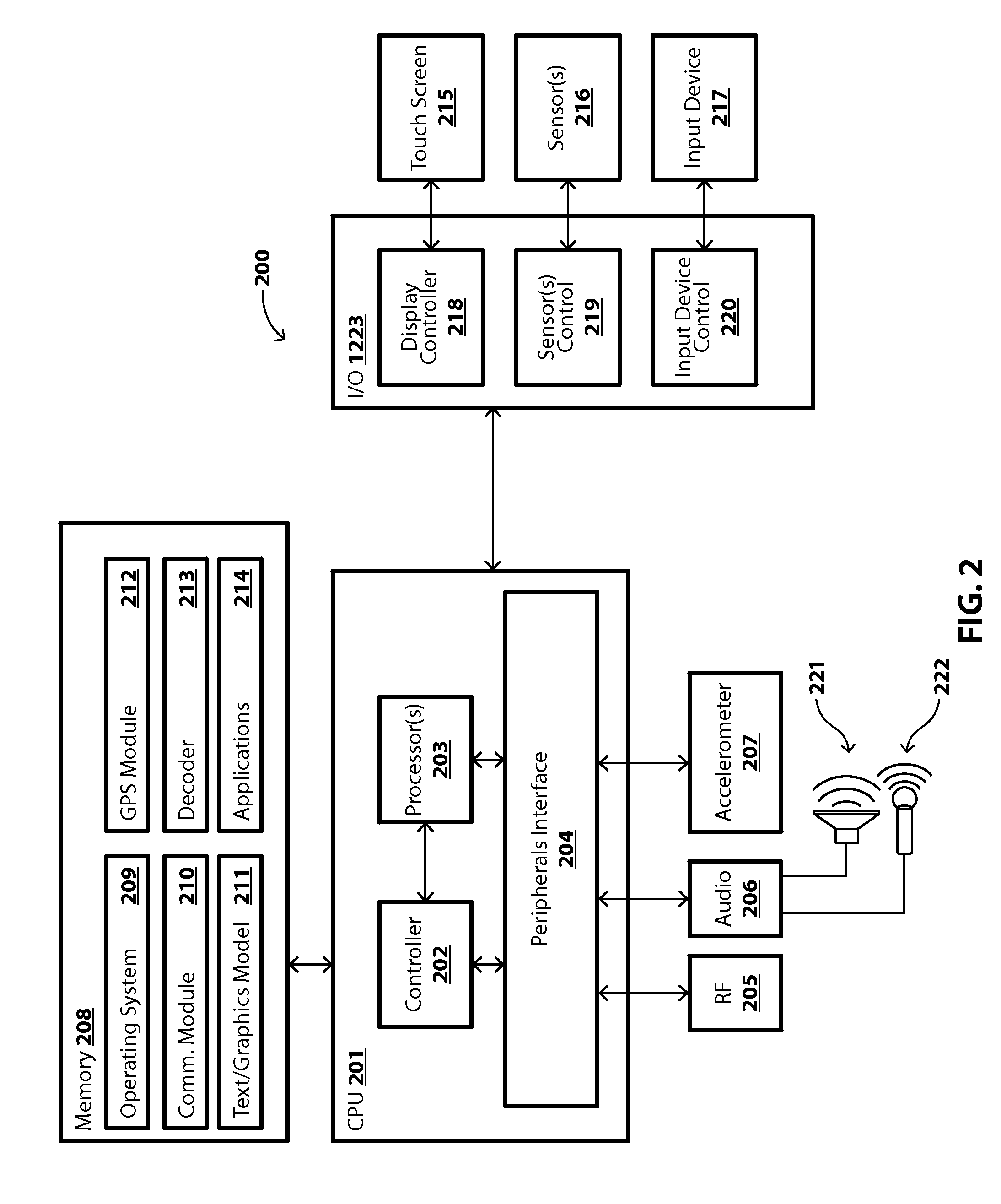Systems and methods for risk processing and visualization of supply chain management system data
a supply chain management and data technology, applied in the field of systems and methods for risk processing and visualization of supply chain management system data, can solve the problems of increasing the complexity of the supply chain, increasing the pressure on companies to reduce costs, and shortening the product lifecycle, so as to reduce the amount of inventory
- Summary
- Abstract
- Description
- Claims
- Application Information
AI Technical Summary
Benefits of technology
Problems solved by technology
Method used
Image
Examples
example 11
[0122]Raw Material Mfg.→Supplier→Component→Assembly→Customer
example 3
[0124]Supplier→Vendor Hub→Mfg. Plant→Customer Hub→End Consumer
[0125]As shown in FIG. 15, each supply chain node is linked by a connection. These connections may be one-to-one, one-to-many and / or many-to-many. The visualization makes it possible to display every node in a given supply chain in a single graphic which allows a user to understand the overall activity and complexity within a supply chain, as well as its overall health. Likewise, displayed nodes may be limited by a user or by the app, and / or by number or by node type, by way of non-limiting example. The exemplary embodiment allows a user to quickly relate to patters being depicted in the node tree visualization. For example, certain nodes may be quickly identified as having high concentrations of demand flowing through them. Nodes may also be identified having existing overall risk and / or opportunity in certain parts of the supply chain. As mentioned previously, a single holistic visualization may allow a company to make ...
PUM
 Login to View More
Login to View More Abstract
Description
Claims
Application Information
 Login to View More
Login to View More - R&D
- Intellectual Property
- Life Sciences
- Materials
- Tech Scout
- Unparalleled Data Quality
- Higher Quality Content
- 60% Fewer Hallucinations
Browse by: Latest US Patents, China's latest patents, Technical Efficacy Thesaurus, Application Domain, Technology Topic, Popular Technical Reports.
© 2025 PatSnap. All rights reserved.Legal|Privacy policy|Modern Slavery Act Transparency Statement|Sitemap|About US| Contact US: help@patsnap.com



